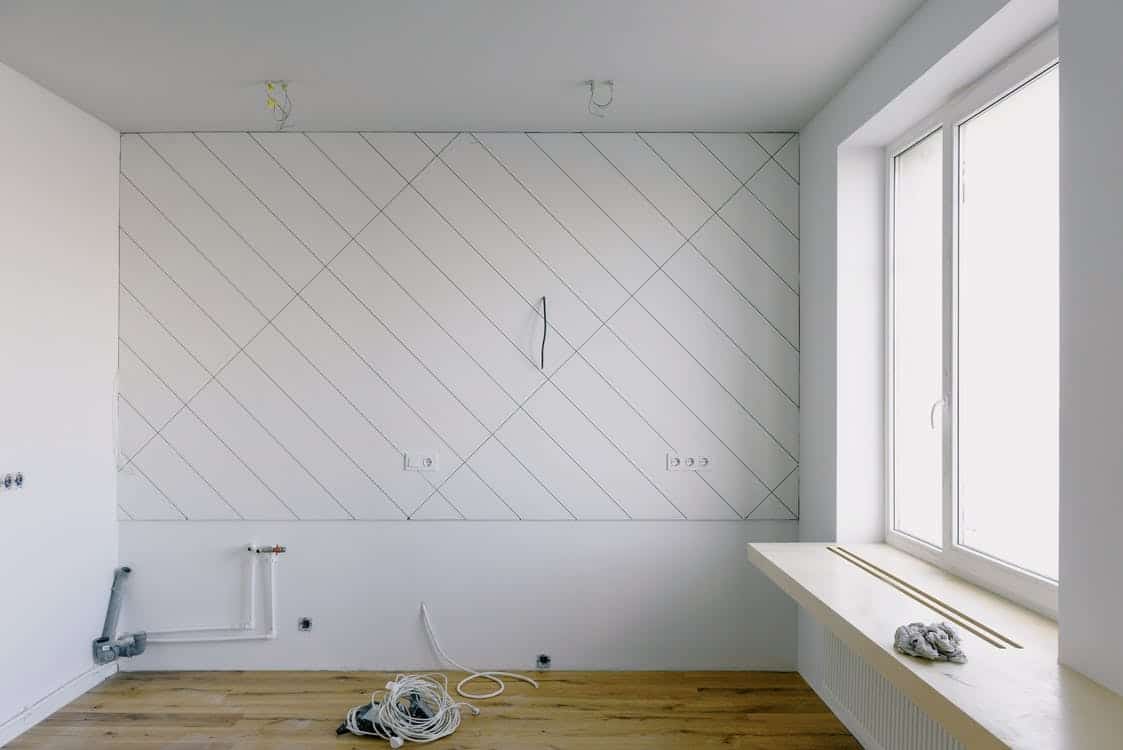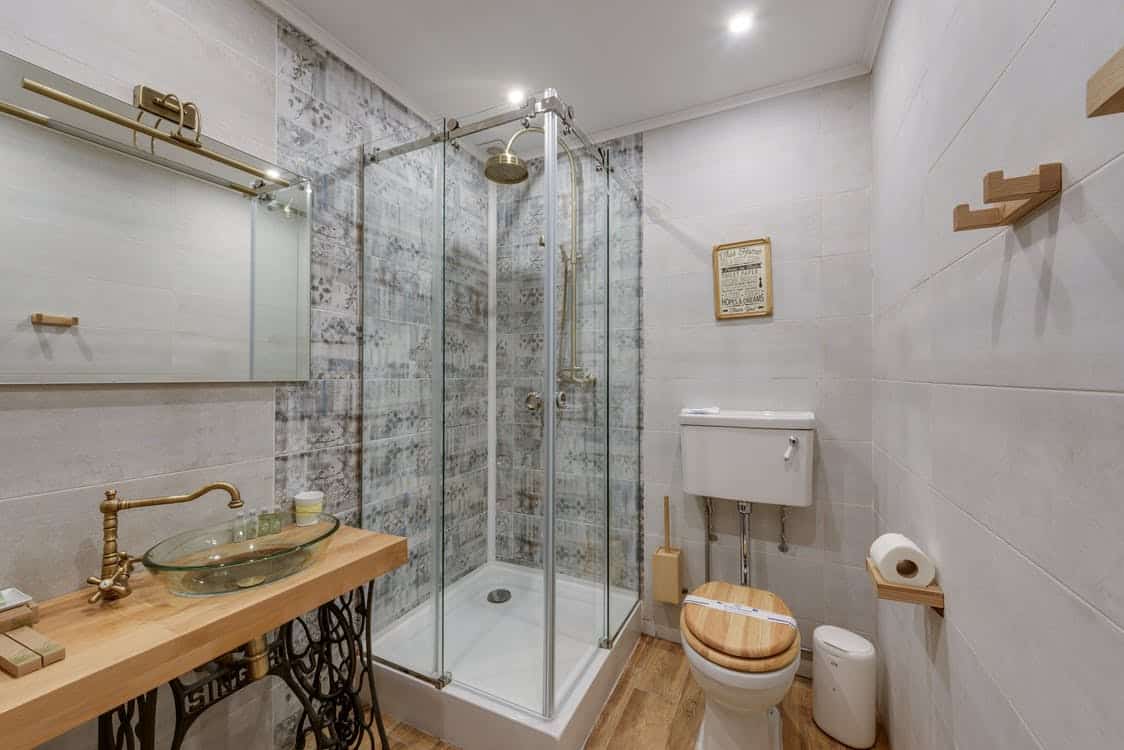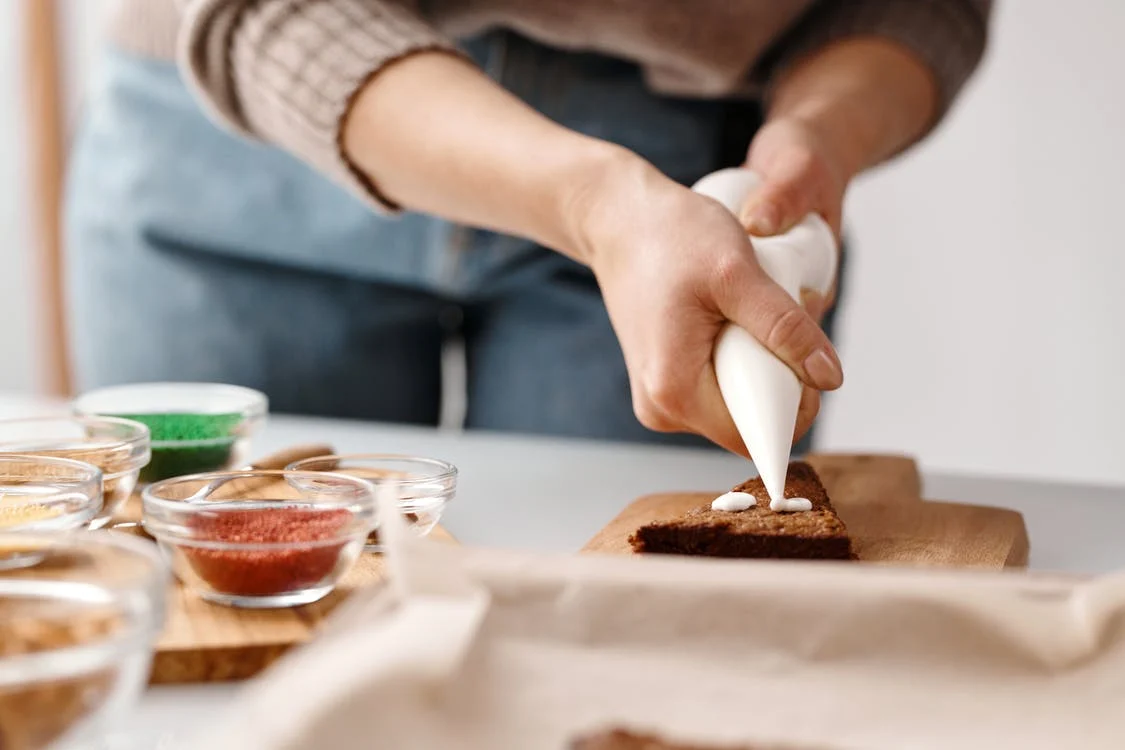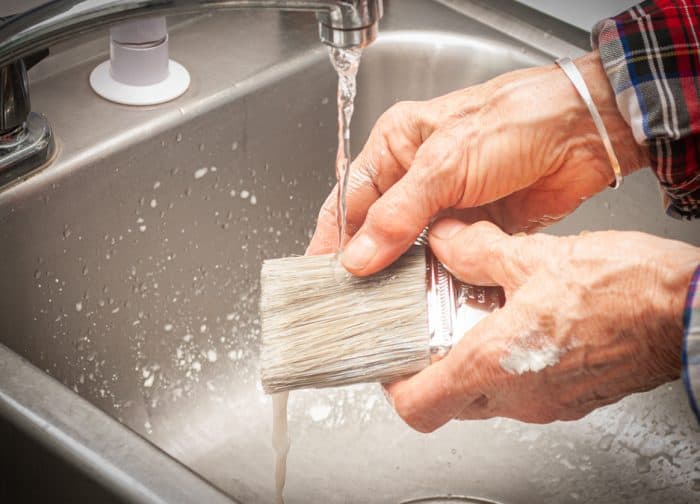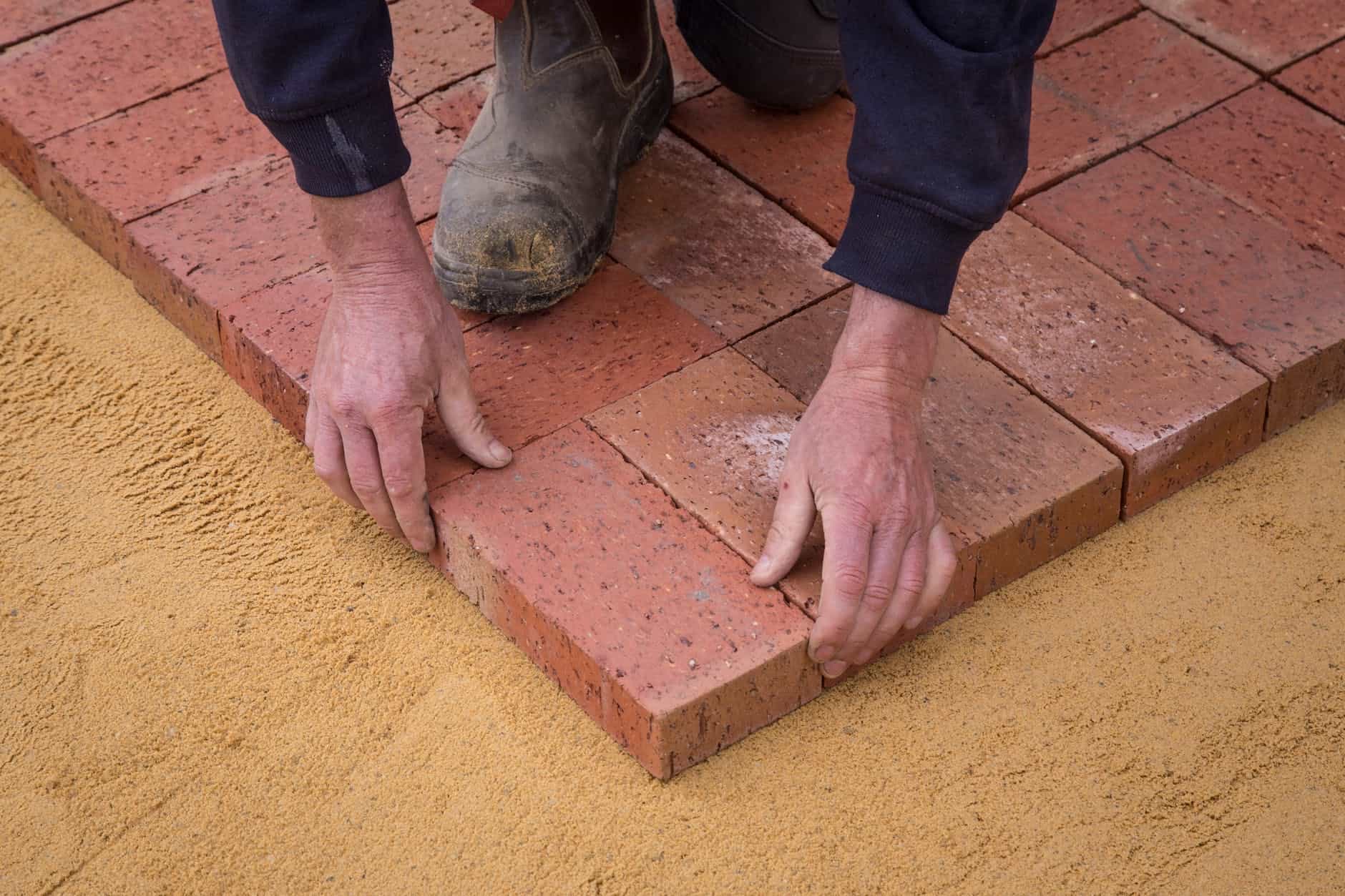In this instructional guide on drywall patching, we will demonstrate how you can effortlessly mend the hole in your wall using basic tools. Flaws such as cracks and holes in drywall can be quite distracting and a source of stress. However, with the help of top-notch DIY tricks and our instructional guide, you can now put such worries aside.
Once you're done reading this guide, you will no longer have to worry about accidental knocks to your drywall. We'll look at the steps to follow as well as the tools and materials you'll need to complete a wall hole repair. Let's start with the tools and materials you'll need to patch the hole in the wall.
Tools You’ll Need
- Drywall saw
- Drywall sander
- Drywall mask
- Screw gun
- Paintbrush
- Taping knife
- Utility knife
Materials You’ll Need
- Drywall
- Drywall tape
- Drywall screws
- Drywall joint compound
Steps to Follow for Drywall Repair
1. Check for Any Wires
Before you cut out the damaged area, the first step is to check your wall for any obstructions such as running wires, a pipe, or a duct. If you find any of these, try to work carefully around them with a drywall knife or keyhole saw.
You can make a shallow cut on the problem's area or the dents on the drywall by continuously scoring the line with your sharp utility knife. However, it's easier when you add a backer board than cutting the drywall over studs. After that, cut out the section of the drywall piece that's damaged with a utility knife or drywall saw.
An important to remember when repairing a hole in drywall is that you should leave a few inches of the drywall at the corners. This allows you not to have to spread taping drywall compound on the adjacent walls or ceilings as you'll have to repaint them too if you do so.
2. Insert Backer Boards
As we've mentioned above, this is a great tip to patch the wall when fixing drywall damage. First, cut the backer boards you'll use to be 4 inches longer than the hole's height in the wall. Next, hold them tightly to the backside and fasten them. Ensure that the screw points don't prick your fingers should they pop out on the backside of the patch.
Pine or other softwoods work best as backer boards. Put the screws so that the screw head or nail head is slightly below the drywall surface.
3. Tape the Joints
This step involves you laying a 1/8 inch-thick bed of patch drywall compound over your joints. Press paper tape into the joint compound using your flexible 6-inch drywall knife. Instantly apply a thin layer of the joint compound on top of the joint tape and allow it to dry.
4. Apply a Second and Third Coat
Apply a second coat of your joint compound at least 6 inches beyond the edge of your first coat. This is meant to taper the edges of your drywall repair. Once it's dry, add the third coat and take your time to smooth any of the uneven areas.
These second and third coats are applied to blend and smooth the taped joints so that they'll be invisible after you paint over them. Set a straightedge against the drywall after the coats have dried to counter-check that there are no bumps and dips on the patch drywall.
If you find any bumps or ridges, knock them off using your drywall taping knife. Feel free to add more coats of the joint drywall compound to the wall.
5. Sand the Dry Drywall Compound
Use 100-grit sandpaper to remove any ridges and blend the edges to make them seamless. Prime and paint the drywall area as you wish.
How to Patch Drywall for Small Holes
Small holes in your wall can be caused by hooks, screws, wall fasteners, or even drywall fasteners. The good thing is that small holes are easier to repair drywall than large holes, even in DIY repairs. The bad news is that they are more time-consuming because you'll have to repaint your walls in almost all cases. Nonetheless, let's look at a quick overview of how to successfully drywall patch on small holes.
When creating a drywall patch, the first step is to drive the nails back down using your nail set. If you have screws with you, remove the joint compound from their heads using your utility knife and turn them in tight using a screwdriver.
Next, dimple the hole a slight concave using a hammer to indent any raised edges. However, be careful not to crush the drywall core. Cutaway any paper tears and any old wall fasteners using your utility knife. You'll find that it's easier to tap them into the drywall instead of pulling them out.
Apply two coats of drywall patch compound in a "+" pattern to fill up the holes. Although the first drywall patch coat will shrink a little and shrink a minor dent, the second coat will ensure that it stays even.
Scrap off any excess drywall patch compound so that it doesn't build up a hump. You can use sandpaper to sand the compound lightly. Taking time to sand ensures that no excess layer of joint compound is left as you are fixing the nail holes. It also ensures that the piece of drywall you fixed blends well with the surrounding wall.
Prime the surface using a roller to ensure that the topcoat doesn't get absorbed into the patch area. This priming step is crucial because you don't want the part that has received the repair to look different. Another point is that we use a roller when priming to raise the surface texture to match the surrounding wall.
Conclusion
Remember to leave the compound to dry and sand it to even the area before applying the paint. We hope that this guide has helped you gain enough knowledge on how to patch your drywall. Let us know how it goes and good luck fixing up your wall.

